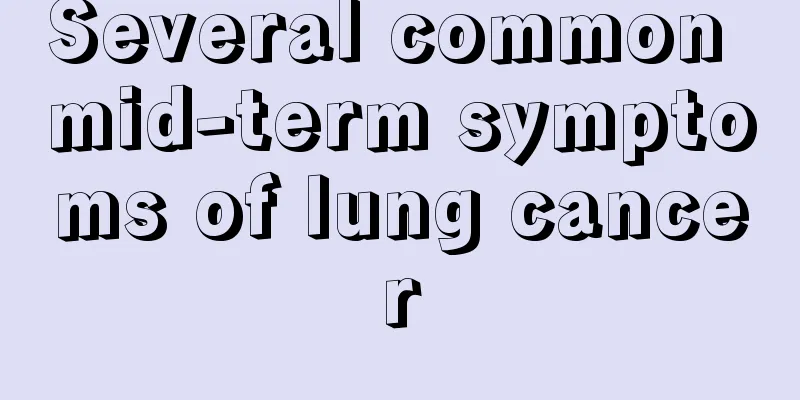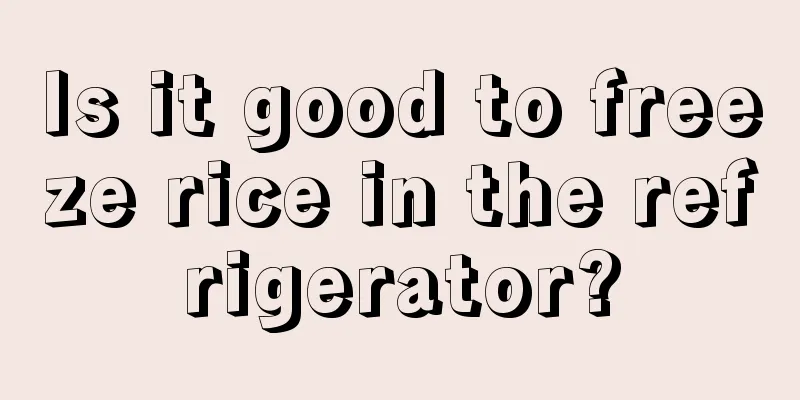Where is the best place to get moxibustion for fever

|
People often experience symptoms of colds and fever, and colds are generally caused by viruses. So it is possible that inflammation may occur in certain parts of the body, and inflammation may cause people to have a fever. Fever can be reduced by taking antipyretics or getting injections. In fact, in addition to Western medical treatments, moxibustion can also reduce fever as soon as possible. So where is moxibustion most effective when you have a fever? Can I use moxibustion when I have a fever? 1 Fever can be caused by many reasons, the most common of which are colds, infectious diseases, etc. Fever caused by external evils, such as wind-heat, summer heat, and epidemic toxins, can be treated with acupoint moxibustion. However, long-term low-grade fever caused by yin deficiency fever is generally not suitable for treatment with moxibustion. Where is the best place to treat fever with moxibustion? 2 Dazhui point: Sit down. The highest point of the vertebra at the junction of the neck and back is the seventh cervical vertebra, and the depression at its lower edge is the Dazhui point. Quchi Point: At the outer end of the elbow transverse line. When the elbow is bent 90 degrees, the Quchi Point is in the depression at the outer end of the elbow transverse line. Hegu point: Place the transverse line of the interphalangeal joint of the thumb of one hand on the thumb and index finger of the other hand, between the first and second metacarpal bones on the back of the hand, and the Hegu point is below the tip of the thumb. Yuji point: The depression behind the first metacarpophalangeal joint of the thumb, on the edge of the raised white flesh behind the palm approximately at the midpoint of the first metacarpal bone, at the junction of red and white flesh. Neiting Point: The depression slightly behind the middle of the web of the second and third toes on the dorsum of the foot (about half a horizontal finger). Shangyang Point: Sit down, stretch out your fingers and place your palms together, and locate the intersection of the two lines along the base of the index finger nail and the radial edge, 0.1 inch away from the corner of the nail. Quze Point: Extend your elbow and turn your palm upward, with your elbow slightly bent. You can feel a large tendon in the elbow, which is the biceps tendon. On its inner side, you can feel a depression on the elbow transverse line, which is the Quze Point. Waiguan point: Raise your arm, measure straight up from the midpoint of the horizontal line on the back of the wrist about 2 horizontal fingers away, and the point is located at the midpoint of the gap between the ulna and radius of the forearm, opposite to Neiguan. Neiguan Point: Extend your elbow and raise your palm, bend your wrist slightly, and measure about 2 finger widths from the transverse wrist line. The Neiguan Point is in the depression between the palmaris longus tendon and the radial flexor carpi tendon. = Fengchi Point: On the head, the Fengchi Point is located in the depression between the trapezius muscle and the sternocleidomastoid under the occipital bone. Weizhong Point: Lie prone with your knees slightly bent. At the back of the thigh, you can clearly see the biceps femoris tendon and semi-biceps tendon. In the middle, press the area where you feel the arterial pulsation and that is the Weizhong Point. Xiangu Point: A depression can be felt in front of the junction between the 2nd and 3rd metatarsal bones on the dorsum of the foot, which is the Xiangu Point. Baihui Point: It is located on the head, at the midpoint of the line connecting the two ear tips. The depression after pressing is the Baihui Point. Laogong Point: Bend your fingers and make a fist. Between the 2nd and 3rd metacarpal bones, with the 3rd metacarpal bone in the center, with the middle finger and ring finger cutting along the horizontal line on the palm, the Laogong point is at the tip of the middle finger. Yongquan Point: When curling the foot, it is located in the depression in front of the palm of the foot, approximately at the intersection of the front 1/3 and the back 2/3 of the line connecting the 2nd-3rd toe web and the heel. Where should I apply moxibustion for fever caused by wind-heat cold? 3 Symptoms of wind-heat cold: sore throat, fever and cough, sore limbs, slight aversion to wind and cold, red tongue, thin yellow tongue coating, and floating and rapid pulse. Acupoints for moxibustion: Dazhui, Quchi, Hegu, Yuji, add Shaoshang if there is sore throat. Internal invasion of warm heat causes fever and moxibustion acupoints 4. Symptoms of internal invasion of warm heat: flushed face and ears, high fever and sweating, thirst for cold drinks, cough and chest pain, dry stool, yellow and dry tongue coating, and rapid and strong pulse; if the warm heat invades the blood, there will be high fever, irritability, thirst but no desire to drink; or rashes on the body, blood in the stool, vomiting blood, red tongue, and thin and rapid pulse. Moxibustion acupoints: Dazhui, Quchi, Neiting, Weizhong, Shangyang, Quze. For patients in coma, add Ren Zhong point; for rashes, add Xuehai point; for constipation, add Tianshu point. |
<<: What usually happens when the chin is crooked
>>: What should I pay attention to after doing moxibustion
Recommend
Is it necessary to remove the gallbladder for gallstones? Choose treatment according to the situation
The most important concern for patients with gall...
Hemophagocytic syndrome
I believe that everyone is relatively unfamiliar ...
What to eat to prevent stomach cancer? Eat more of these two things
To prevent stomach cancer, it is recommended that...
How many stages are generally divided into for colorectal cancer
In real life, people only roughly know that colon...
How long can you live with early brain cancer
The brain is one of the most important organs. Re...
Can I go to the toilet in the morning during the physical examination?
We all have the experience of going to the hospit...
What is skin cancer
Skin cancer is an uncontrolled malignant tumor di...
Can people with facial paralysis use air conditioning?
In summer, the temperature almost reaches over 35...
What are the tips for removing acne marks with potatoes
There are many ways to remove acne scars. The mos...
Does nasopharyngeal cancer cause arm pain?
Does nasopharyngeal cancer cause arm pain? 1. Pat...
What to do with pigmentation after burns
In life, for patients with burns, if the burns ar...
What are the types of herpes simplex?
There are different types of herpes simplex, the ...
What are the early signs of nasopharyngeal carcinoma?
Nasopharyngeal carcinoma refers to a malignant tu...
Urine routine test: 2 white blood cells, 1 occult blood
In a routine urine test, if the test results show...
How to wash a down jacket with oil stains
We all know that down jackets are difficult to wa...









